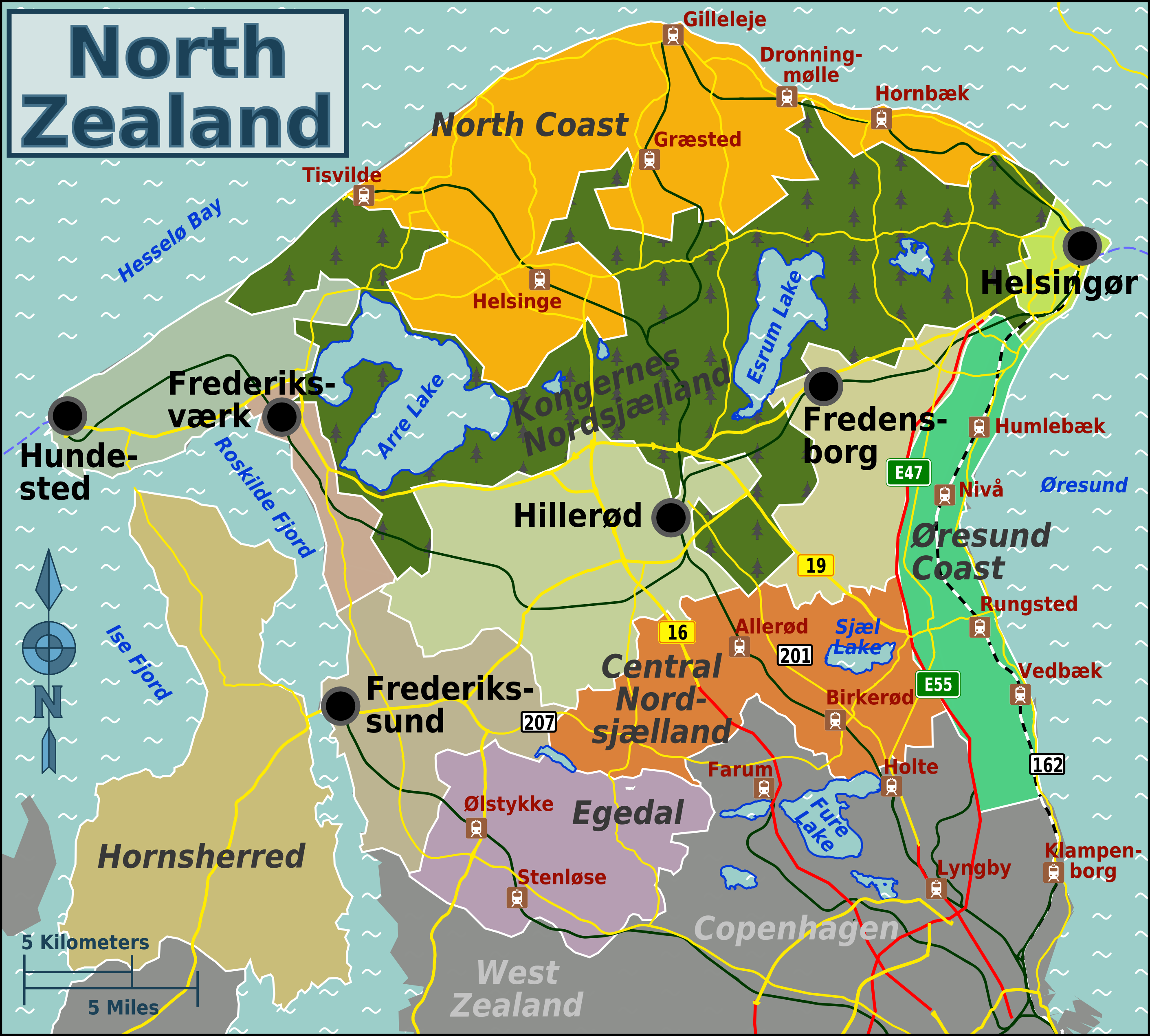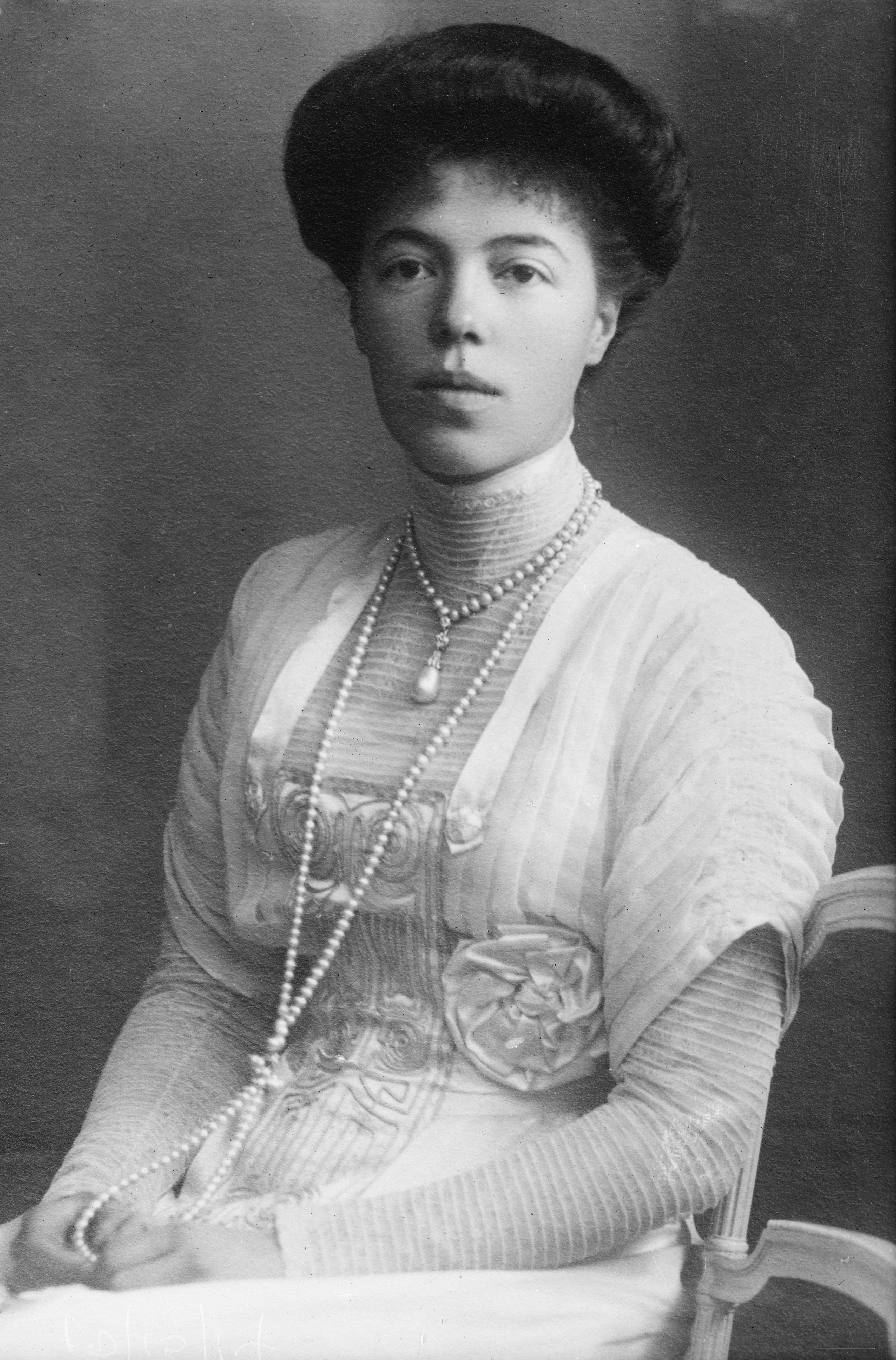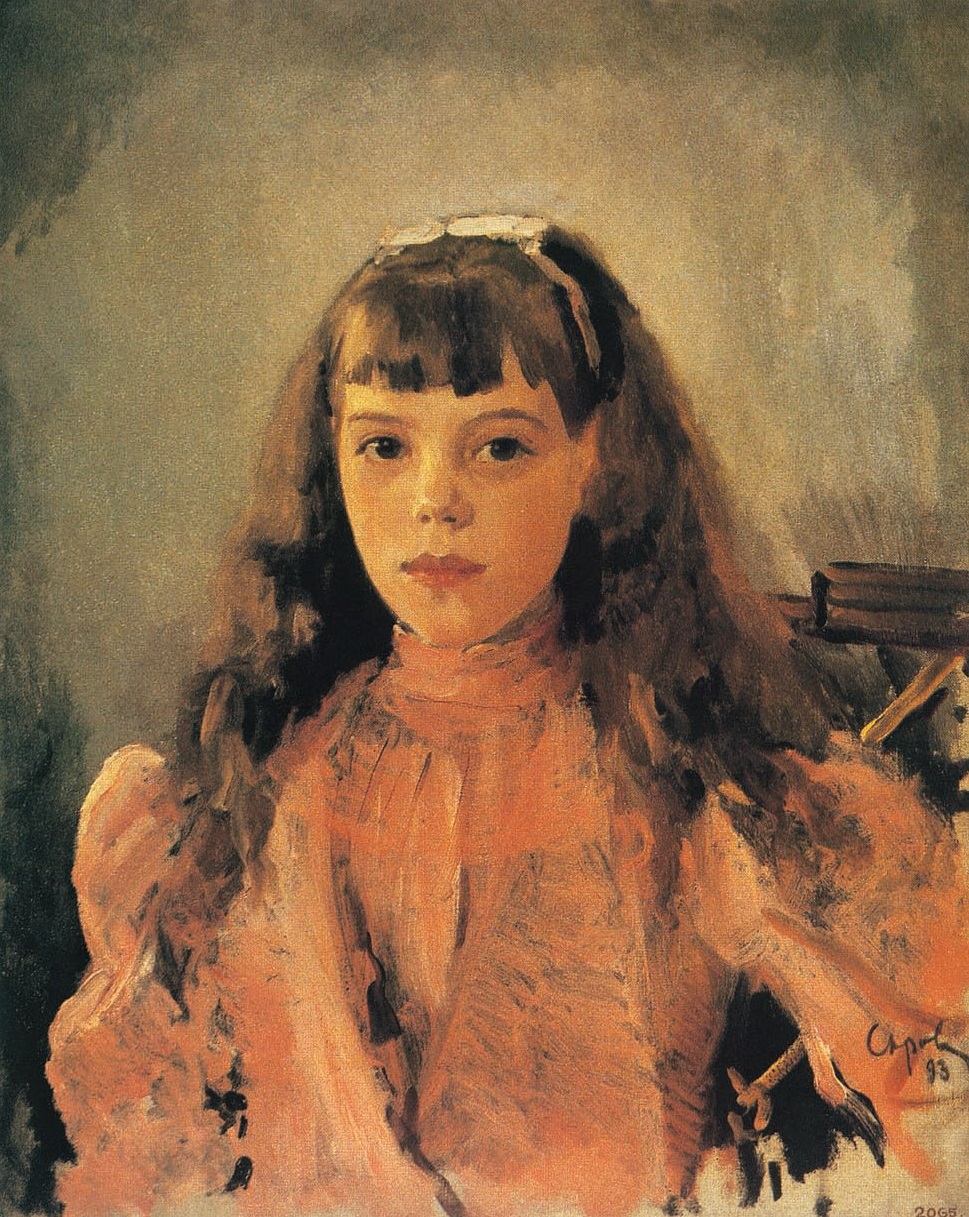|
Prince Gustav Of Denmark
Prince Gustav of Denmark (Christian Frederik Vilhelm Valdemar Gustav; 4 March 1887 – 5 October 1944) was a member of the Danish royal family. He was the fourth and youngest son and seventh child of King Frederick VIII and Queen Louise. Early life Prince Gustav was born on 4 March 1887 at his parents' country residence, the Charlottenlund Palace north of Copenhagen, during the reign of his paternal grandfather, King Christian IX. He was the seventh child and fourth son of Crown Prince Frederick of Denmark and his wife Louise of Sweden. His father was the eldest son of King Christian IX and Louise of Hesse-Kassel, and his mother was the only daughter of King Charles XV of Sweden and Norway and Louise of the Netherlands. He was baptised with the names ''Christian Frederik Wilhelm Valdemar Gustav'', and was known as Prince Gustav. Prince Gustav was raised with his siblings in the royal household in Denmark and grew up between his parents' residence in Copenhagen, the Frederi ... [...More Info...] [...Related Items...] OR: [Wikipedia] [Google] [Baidu] |
House Of Glücksburg
The House of Glücksburg (also spelled ''Glücksborg'' or ''Lyksborg''), shortened from House of Schleswig-Holstein-Sonderburg-Glücksburg, is a collateral branch of the German House of Oldenburg, members of which have reigned at various times in Denmark, Norway, Sweden, Greece, several northern German states, and the United Kingdom. Queen Margrethe II of Denmark, King Harald V of Norway, former king of Greece Constantine II, former Queen Anne-Marie of Greece, Queen Sofía of Spain and King Charles III of the United Kingdom are patrilineal members of cadet branches of the House of Glücksburg.Michel Huberty, Alain Giraud, F. and B. Magdelaine. ''L'Allemagne Dynastique'', Volume VII. Laballery, 1994. pp. 7–8, 27–28, 30–31, 58, 144, 168, 181, 204, 213–214, 328, 344, 353–354, 356, 362, 367. , Montgomery-Massingberd, Hugh. '' Burke's Royal Families of the World'', Volume I: Europe & Latin America, 1977, pp. 325–326. History The family takes its ducal name from G ... [...More Info...] [...Related Items...] OR: [Wikipedia] [Google] [Baidu] |
Frederick VIII's Palace
Amalienborg () is the official residence for the Danish royal family, and is located in Copenhagen, Denmark. Queen Magrethe ll lives here in winter and autumn. It consists of four identical classical palace façades with rococo interiors around an octagonal courtyard ( da, Amalienborg Slotsplads); in the centre of the square is a monumental equestrian statue of Amalienborg's founder, King Frederick V. Amalienborg was originally built for four noble families; however, when Christiansborg Palace burned on 26 February 1794, the royal family bought the palaces and moved in. Over the years various monarchs and their families have resided in the four different palaces. History The first palaces on the site The Frederiksstaden district was built on the former grounds of two other palaces. The first palace was called Sophie Amalienborg. It was built by Queen Sophie Amalie, consort to Frederick III, on part of the land which her father-in-law Christian IV had acquired outside of C ... [...More Info...] [...Related Items...] OR: [Wikipedia] [Google] [Baidu] |
North Zealand
North Zealand, also North Sealand ( da, Nordsjælland), refers to the northern part of the Danish island of Zealand which is not clearly defined but generally covers the area north of Copenhagen. The Danish tourist authorities have recently introduced the term Danish Riviera to cover the area in view of its increasing importance for tourism. The area has three royal castles and offers resorts with beaches, as well as lakes and forests. In addition to Kronborg Castle, three of the North Zealand forest areas used for royal par force hunting are included in the UNESCO World Heritage List. Geographical coverage The region is generally understood to cover the area north of Copenhagen between the Isefjord to the west and the Øresund to the east. Municipalities It comprises (at least) the municipalities of Allerød, Egedal, Fredensborg, Frederikssund, Furesø, Gribskov, Halsnæs, Helsingør, Hillerød, Hørsholm, Lyngby-Taarbæk and Rudersdal. Major towns and cities The larg ... [...More Info...] [...Related Items...] OR: [Wikipedia] [Google] [Baidu] |
Parish Register
A parish register in an ecclesiastical parish is a handwritten volume, normally kept in the parish church in which certain details of religious ceremonies marking major events such as baptisms (together with the dates and names of the parents), marriages (with the names of the partners), children, and burials (that had taken place within the parish) are recorded. Along with these vital details, church goods, the parish's response to briefs, and notes on various happenings in the parish were also recorded. These elaborate records existed for the purpose of preventing bigamy and consanguineous marriage. The information recorded in registers was also considered significant for secular governments’ own recordkeeping, resulting in the churches supplying the state with copies of all parish registers. A good register permits the family structure of the community to be reconstituted as far back as the sixteenth century. Thus, these records were distilled for the definitive study of the h ... [...More Info...] [...Related Items...] OR: [Wikipedia] [Google] [Baidu] |
Alexander Nevsky Church, Copenhagen
The Alexander Nevsky Church ( da, Skt. Aleksander Nevskij Kirke) is the only Russian Orthodox church in Copenhagen. It was built by the Russian Government between 1881 and 1883, prompted by Princess Dagmar of Denmark's marriage to Alexander Alexandrovich on 9 November 1866 and their later ascent to the Russian throne as Tsar Alexander III of Russia and Tsaritsa Maria Feodorovna. The church is dedicated to the Russian patron saint Alexander Nevsky. History From the middle of the 18th century, the Russian delegation held services in Copenhagen, first in a small chapel in Laksegade and later in Store Kongensgade. The Alexander Nevsky Church was built from 1881 to 1883 by the Russian government; Tsar Alexander III personally provided funds for the construction, a project prompted by his Danish-born wife Maria Feodorovna, a daughter of Christian IX of Denmark. The acquisition of the site on Bredgade (Broad Street) was arranged by Carl Frederik Tietgen and it has been reported that t ... [...More Info...] [...Related Items...] OR: [Wikipedia] [Google] [Baidu] |
Christian Frederik Von Schalburg
Christian Frederik von Schalburg (15 April 1906 – 2 June 1942) was a Danish army officer, the second commander of Free Corps Denmark and brother of Vera Schalburg. Biography Christian Frederik von Schalburg was born in Zmeinogorsk, Tomskaja Gubernija, Russian Empire (now Altai Krai, Russia) as the oldest of three children to August Theodor von Schalburg and wife Helene von Schalburg. His father was born 1879 in Nyborg, Denmark and his mother Elena Vasiljevna née Starizki von Siemianowska was born 1882 in Ukraine (possibly Poltava) out of a Russian noble family. Still a boy von Schalburg received a military education in the Tsar's cadet corps and lived in Russia until the October Revolution of 1917 when he fled with his family to Denmark. These dramatic events caused him to long for Russia and to hate communists. In 1920 the young von Schalburg moved with his family from Hellerup to Vibevej 14, Copenhagen, and in 1922 the family moved to Borups Allé 4, from where he left home. ... [...More Info...] [...Related Items...] OR: [Wikipedia] [Google] [Baidu] |
Royal Danish Life Guards
The Royal Life Guards ( da, Den Kongelige Livgarde) is a mechanized infantry regiment of the Danish Army, founded in 1658 by King Frederik III. The primary task is to provide a number of soldiers from the Guard Company to serve as a guard/ceremonial unit to the Danish monarchy, while training the Royal Guards for various functions in the mobilisation force. Until its disbandment, the Royal Horse Guards ( da, Livgarden til Hest), served the role as the mounted guard/ceremonial unit, afterwards the role was taken over by Guard Hussar Regiment Mounted Squadron. During the time period 1684-1867, the Royal Life Guards were called The Royal Foot Guard ( da, Den Kongelige Livgarde til Fods), in order to distinguish between the regiment and the Royal Horse Guards. History Role Organisation The regiment itself has two battalions, the Guard Company and a Musical Corps: * 1st Battalion – Founded 1658. Mechanized Infantry Battalion, part of 1st Brigade. ''Plus Ultra'' (Even further) ... [...More Info...] [...Related Items...] OR: [Wikipedia] [Google] [Baidu] |
First Lieutenant
First lieutenant is a commissioned officer military rank in many armed forces; in some forces, it is an appointment. The rank of lieutenant has different meanings in different military formations, but in most forces it is sub-divided into a senior (first lieutenant) and junior (second lieutenant) rank. The NATO equivalent rank for land force officers is OF-1 rank. In navies, while certain rank insignia may carry the name lieutenant, the term may also be used to relate to a particular post or duty, rather than a rank. Indonesia In Indonesia, "first lieutenant" is known as ''Letnan Satu'' (''Lettu''), Indonesian National Armed Forces uses this rank across all three of its services. It is just above the rank of second lieutenant and just below the rank of captain. Israel In the Israel Defense Forces, the rank above second lieutenant is simply lieutenant. The rank of (קצין מקצועי אקדמאי (קמ"א (''katsín miktsoí akademai'' or "kama"), a professional aca ... [...More Info...] [...Related Items...] OR: [Wikipedia] [Google] [Baidu] |
Nikolai Kulikovsky
Nikolai Alexandrovich Kulikovsky (5 November 1881 – 11 August 1958) was the second husband of Grand Duchess Olga Alexandrovna of Russia, the sister of Tsar Nicholas II and daughter of Tsar Alexander III. He was born into a military landowning family from the south of the Russian Empire, and followed the family tradition by entering the army. In 1903, he was noticed by Grand Duchess Olga during a military review, and they became close friends. Olga wanted to divorce her first husband, Duke Peter Alexandrovich of Oldenburg, and marry Kulikovsky, but neither her husband nor her brother, the Tsar, would allow it. During World War I, Olga eventually obtained a divorce and married Kulikovsky. They had two sons. Her brother was deposed in the Russian Revolution of 1917, and Kulikovsky was dismissed from the army by the revolutionary government. The Kulikovskys were forced into exile, and he became a farmer and businessman in Denmark, where they lived until after World War II. In 1948, ... [...More Info...] [...Related Items...] OR: [Wikipedia] [Google] [Baidu] |
Colonel
Colonel (abbreviated as Col., Col or COL) is a senior military officer rank used in many countries. It is also used in some police forces and paramilitary organizations. In the 17th, 18th and 19th centuries, a colonel was typically in charge of a regiment in an army. Modern usage varies greatly, and in some cases, the term is used as an honorific title that may have no direct relationship to military service. The rank of colonel is typically above the rank of lieutenant colonel. The rank above colonel is typically called brigadier, brigade general or brigadier general. In some smaller military forces, such as those of Monaco or the Vatican, colonel is the highest rank. Equivalent naval ranks may be called captain or ship-of-the-line captain. In the Commonwealth's air force ranking system, the equivalent rank is group captain. History and origins By the end of the late medieval period, a group of "companies" was referred to as a "column" of an army. According to Raymond Ol ... [...More Info...] [...Related Items...] OR: [Wikipedia] [Google] [Baidu] |
Grand Duchess Olga Alexandrovna Of Russia
Grand Duchess Olga Alexandrovna of Russia (russian: О́льга Алекса́ндровна; – 24 November 1960) was the youngest child of Emperor Alexander III of Russia and younger sister of Emperor Nicholas II. Olga was raised at the Gatchina Palace outside Saint Petersburg. Olga's relationship with her mother, Empress Marie, the daughter of King Christian IX of Denmark, was strained and distant from childhood. In contrast, she and her father were close. He died when she was 12, and her brother Nicholas became emperor. In 1901, at 19, she married Duke Peter Alexandrovich of Oldenburg, who was privately believed by family and friends to be homosexual. Their marriage of 15 years remained unconsummated, and Peter at first refused Olga's request for a divorce. The couple led separate lives and their marriage was eventually annulled by the Emperor in October 1916. The following month Olga married cavalry officer Nikolai Kulikovsky, with whom she had fallen in love several ye ... [...More Info...] [...Related Items...] OR: [Wikipedia] [Google] [Baidu] |
Russian Orthodox Church
, native_name_lang = ru , image = Moscow July 2011-7a.jpg , imagewidth = , alt = , caption = Cathedral of Christ the Saviour in Moscow, Russia , abbreviation = ROC , type = , main_classification = Eastern Orthodox , orientation = Russian Orthodoxy , scripture = Elizabeth Bible ( Church Slavonic) Synodal Bible (Russian) , theology = Eastern Orthodox theology , polity = Episcopal , governance = Holy Synod of the Russian Orthodox Church , structure = Communion , leader_title = , leader_name = , leader_title1 = Primate , leader_name1 = Patriarch Kirill of Moscow , leader_title2 = , leader_name2 = , leader_title3 = Bishops , leader_name3 = 382 (2019) , fellowships_type = Clergy , fellowships = 40,514 full-time clerics, including 35,677 presbyters and 4,837 de ... [...More Info...] [...Related Items...] OR: [Wikipedia] [Google] [Baidu] |






